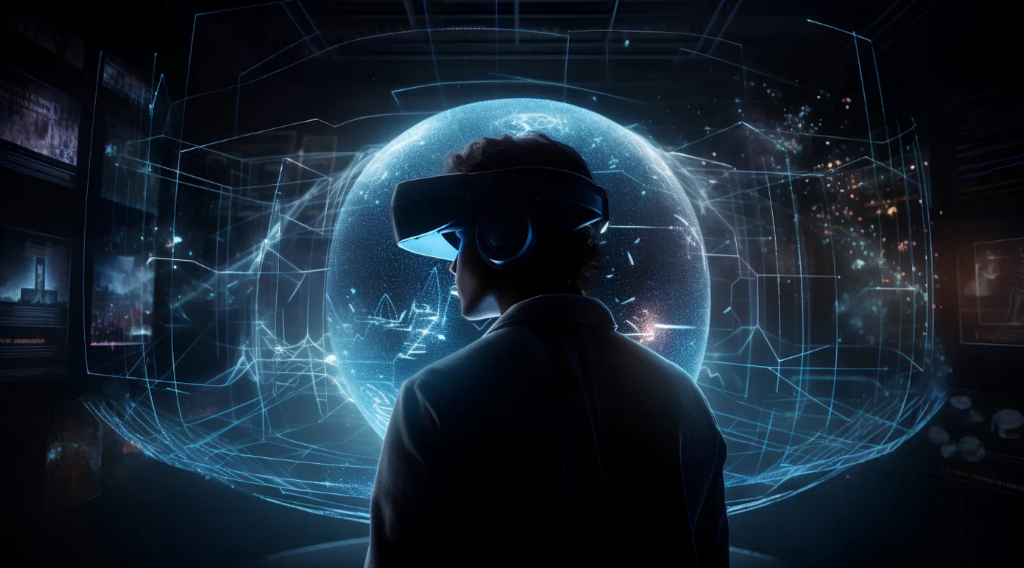I’m often asked how the recent economic uncertainty is affecting the extended reality market for virtual reality and augmented reality products.
The received wisdom would be there is less disposable income out there so consumers are expected to not be buying a new AR/VR headset any time soon. Revised forecasts from IDC suggests a lower forecast, but that’s not cause for gloom in my opinion.
So, what’s the reason for my optimism?
IDC confirms that the forecast for VR and AR headsets in 2023 is now lower than expected at just over 10 million units. The big reason for this is tough economic conditions. But this still means shipments should grow by 14% in 2023. That’s not bad, especially when we consider that IDC still expects a compound annual growth rate (CAGR) of 32.6% between now and 2027.
The driving factors are continued popularity for VR gaming and new product releases from Sony and Meta themselves will boost the market later this year.
The commercial AR and VR market is partly being propelled by the fact that vendors are rolling out impressive new hardware. Metas’s Quest Pro headset is a strong platform for building out enterprise VR applications in remote training, design and support, thanks to its integration with enterprise apps like Microsoft 360. Another positive factor for enterprise AR and VR growing in 2023 is how other manufacturers like Lenovo have entered the market this year and consumer VR specialists like Pico are spreading their wings into the commercial space.
I also like what IDC is saying about how new form factors in AR will inject new interest into the market. AR glasses from an array of brands like Xiaomi, Oppo, and TCL might mean we see tourists wearing smart glasses to translate foreign languages and guide themselves around the sights this summer thanks to lighter form factors, better audio and designs.
We know from talking with the channel for our Technology Ecosystem Benchmark Report that there’s an appetite among partners to progress into the extended reality market. Specifically, almost one in five told us they are planning to offer AR/VR solutions over the next 12 to 24 months.
At TD SYNNEX, it’s our role to help our partners succeed, and that’s why we are setting things up to make sure partners are properly supported as they’re developing. We have assembled Technology as a Service (TaaS) offerings to help our partners overcome any obstacles especially around financing. There also is an ecosystem of attached products and services from software to insurance to accessories that the channel can lean on. VR and AR technology poses huge potential for partners looking for new revenues and deeper longer term customer engagements since it pulls in so many other technologies, services and disciplines.
The consumer and commercial extended reality market is extremely exciting thanks to both vendors and partners who are showing real ambition and innovation in their products and solutions. Of course, extended reality is not immune to economic headwinds but neither is it going into the reverse or stagnating.
Article submitted by Luc Van Huystee, VP, Mobility, and European executive lead for metaverse at TD SYNNEX
